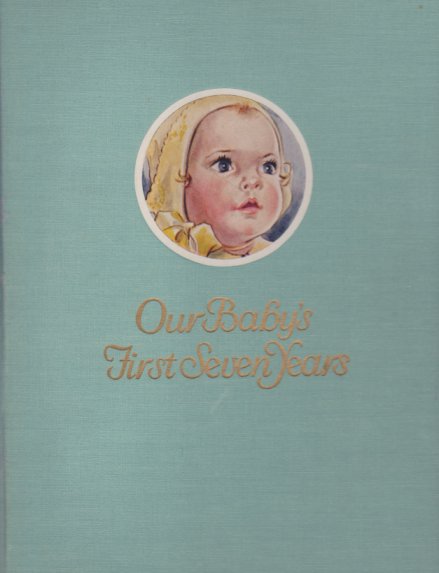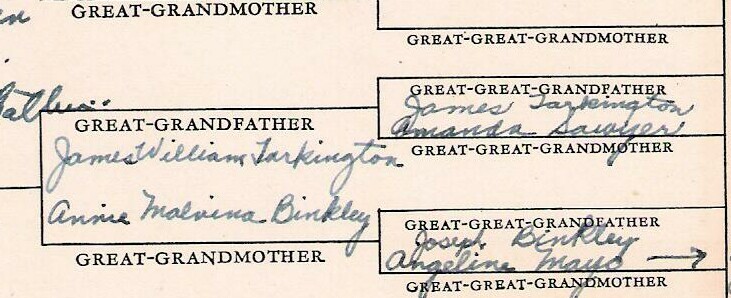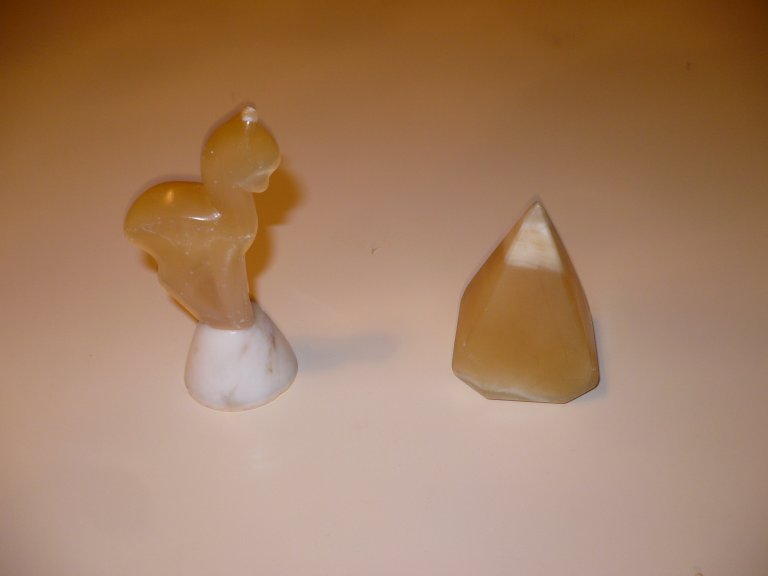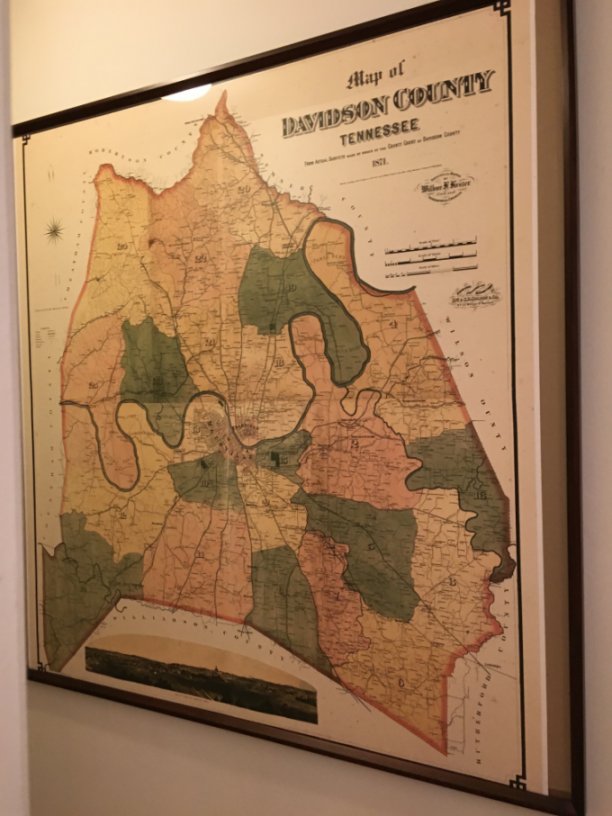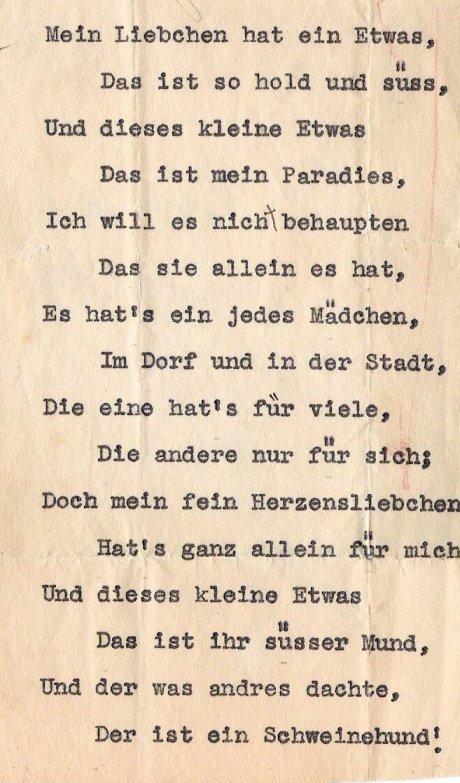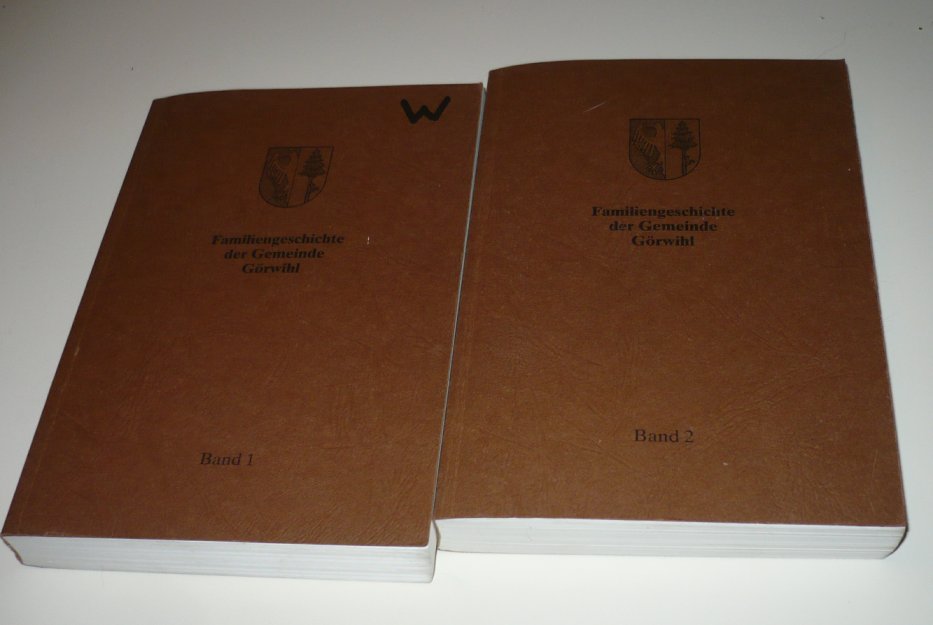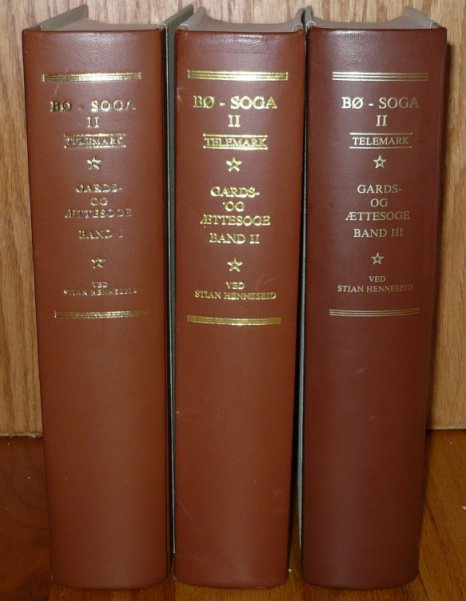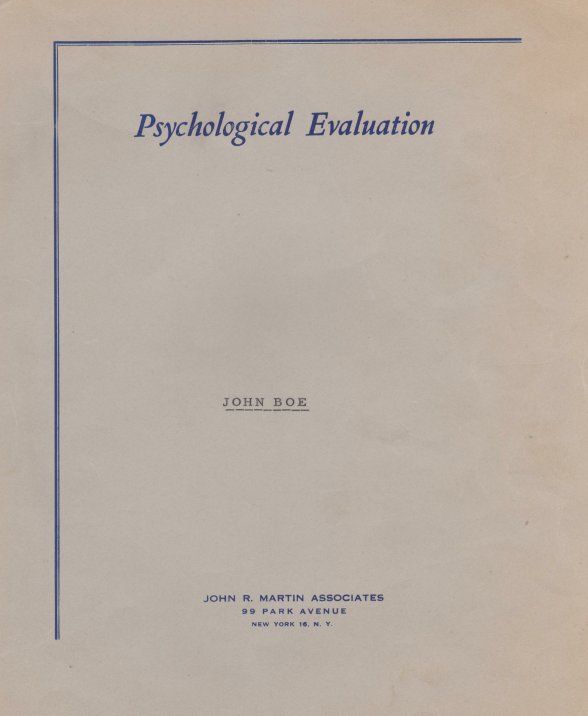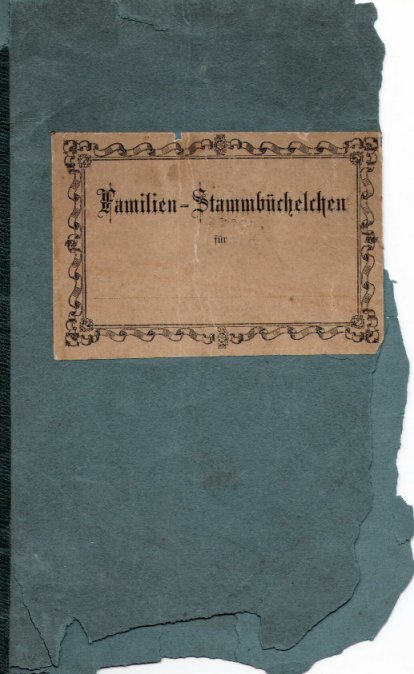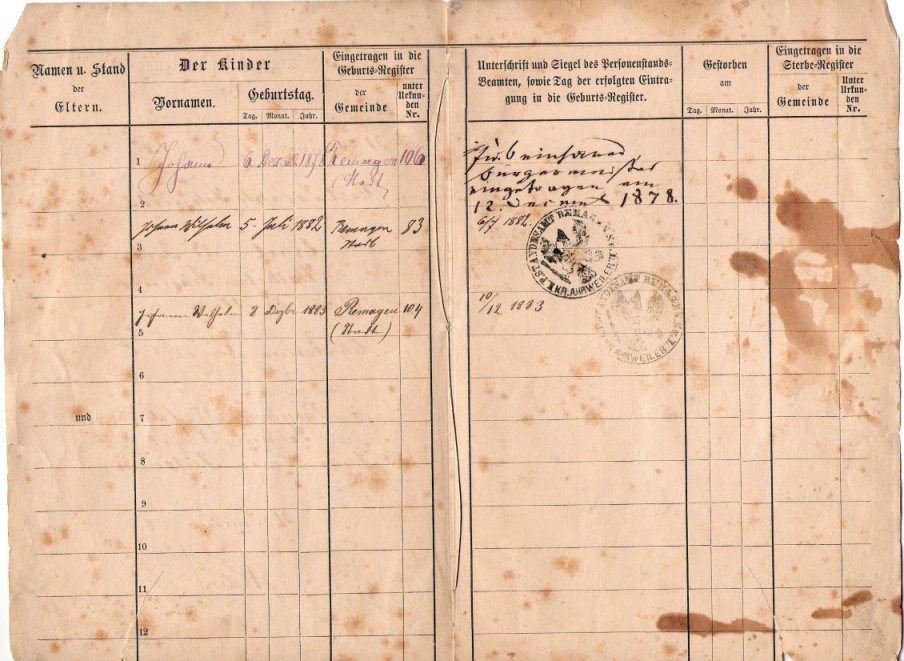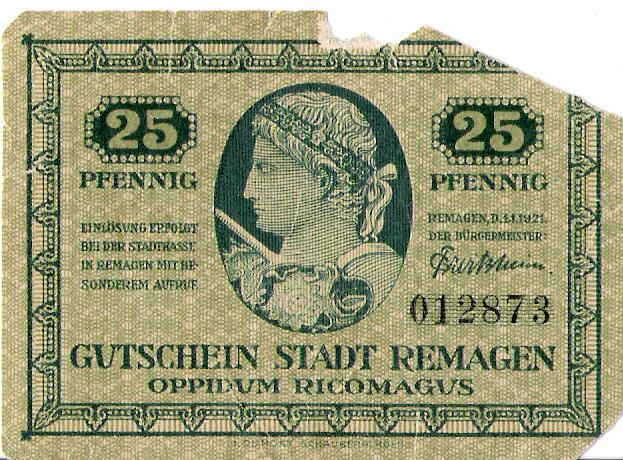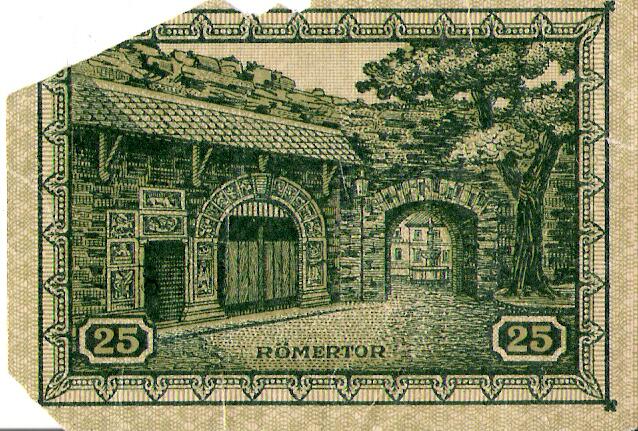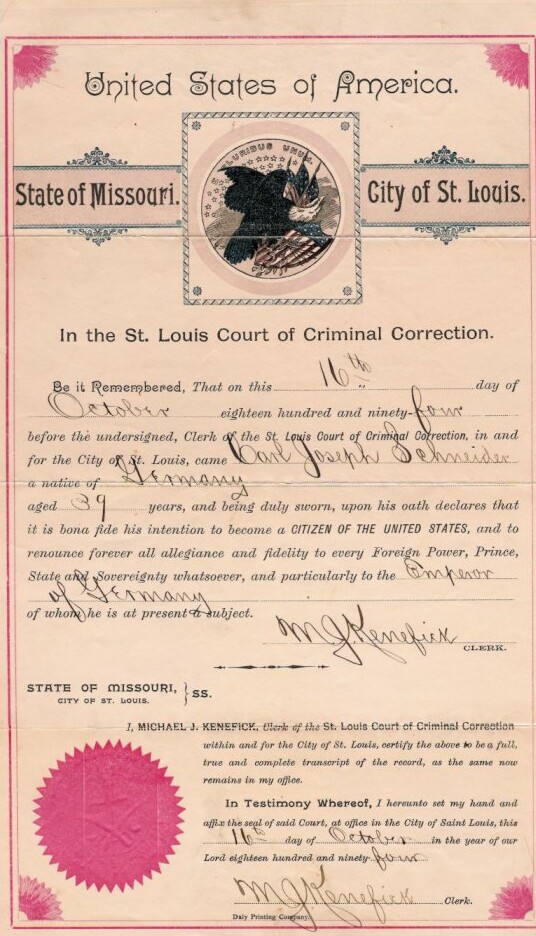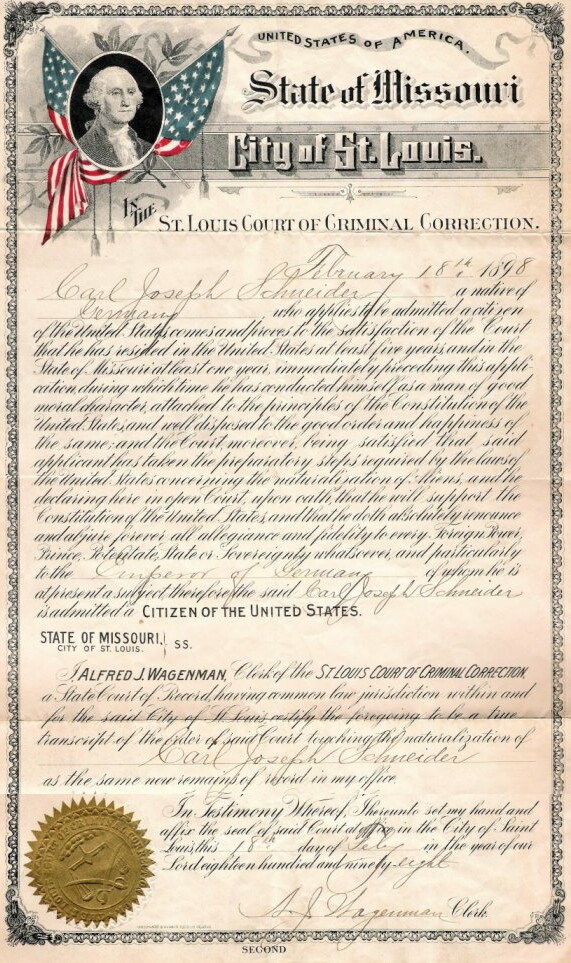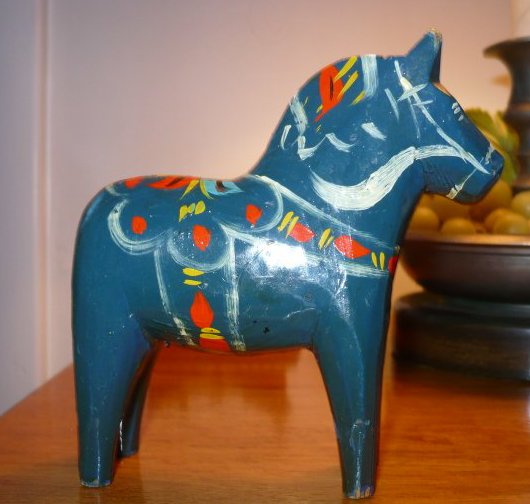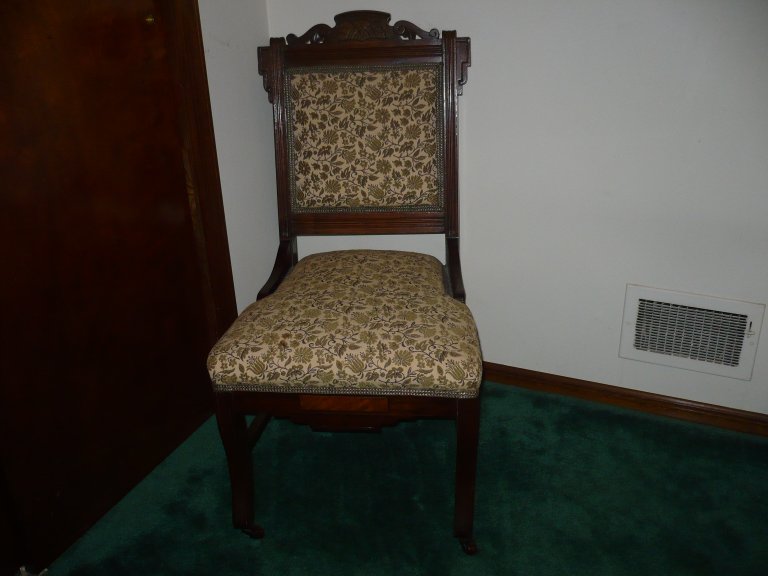Covering genealogy, family history, historical events and places, and anything else related!
Showing posts with label Treasure Chest Thursday. Show all posts
Showing posts with label Treasure Chest Thursday. Show all posts
Thursday, July 28, 2016
Treasure Chest Thursday: My Father's Baby Book
My grandmother Helen Martha Marie (Anderson) Gatlin recorded information about the first seven years of my father's life in a baby book. The book is full of treasures. I learned who attended my father's birthday parties and what gifts he received. My grandmother recorded my father's first reaction to his new baby sister. She wrote that at age 18 months, my father could carry the tune of a Swedish hymn, Tryggare kan ingen vara. She wrote about the trips that he took.
The baby book also includes a family tree. There are some mistakes, but the family tree provided an important clue about the identity of my 3rd-great-grandmother's father. Her name was Amanda Russell, but she was listed as Amanda Sawyer. This record helps me to make the case that James Sawyer was her father.
Thursday, May 19, 2016
Treasure Chest Thursday: Ellen Victoria (Dahlquist) Anderson's Daily Planner
I have a daily planner book that belonged to my great-grandmother Ellen Victoria (Dahlquist) Anderson. Rather than recording appointments, she used it to record the dates of family births, marriages, and deaths. Although the planner is dated 1967, events from before and after 1967 were recorded. Some of the information I found in it was new to me.
Thursday, April 28, 2016
Treasure Chest Thursday: Cat and Pyramid
My mother recently gave me this cat and pyramid. They belonged to my maternal grandmother Margaret Ann (Schneider) Boe. She got them in Egypt.
Thursday, January 14, 2016
Treasure Chest Thursday: Map of Davidson County, Tennessee, 1871
Last November, I took advantage of a Cyber Monday sale and purchased a map of Davidson County, Tennessee in 1871 from Historic Map Works. I had wanted this map for years. It is now hanging on the wall in my hallway. I can see so many details about the area, including the names and locations of churches, schools, and residents' homes; the streets of Nashville and other area roads; and the locations of specific districts. The map has given me a better sense of where my ancestors were living in 1871. Specific information about the map can be found here.
Thursday, November 19, 2015
Treasure Chest Thursday: John Schneider's Law School Diploma
My cousin Helen recently sent me our great-grandfather John Schneider's diploma. He graduated from City College of Law and Finance in St. Louis, Missouri on 2 June 1921. He earned a Bachelor of Laws.
I framed the diploma and it is hanging on my living room wall. It is a priceless treasure!
I framed the diploma and it is hanging on my living room wall. It is a priceless treasure!
Thursday, October 22, 2015
Treasure Chest Thursday: Der ist ein Schweinehund!
My aunt Joan has many wonderful family documents that she let me scan. Mixed in with the family photos and documents, I found this clipping:
I did some research and found that it is an erotic folk song from Germany. I have seen several different titles for this song. The Book of a Thousand Laughs by O. U. Schweinickle calls it "Mein Liebchen." Midistern calls it "Das kleine Etwas." In a variant form, the third to last line ends with "Rosenmund" instead of "süsser Mund." Wikisource calls it "Das Paradies,"and Volksliederarkiv calls it "Mein Liebchen hat ein Etwas."
Comparing the text of the clipping with the text on the Web sites, there seems to be a typographical error in the second to last line. It should read "Und wer was andres dachte." It is also possible that the person who typed the clipping remembered that lyric incorrectly.
Schweinehund literally means pig dog, but is used as a term of offense. A post from KrautBlog elaborates further on the term.
Finding this clipping and researching it has given me additional insights into my German ancestors' culture.
I did some research and found that it is an erotic folk song from Germany. I have seen several different titles for this song. The Book of a Thousand Laughs by O. U. Schweinickle calls it "Mein Liebchen." Midistern calls it "Das kleine Etwas." In a variant form, the third to last line ends with "Rosenmund" instead of "süsser Mund." Wikisource calls it "Das Paradies,"and Volksliederarkiv calls it "Mein Liebchen hat ein Etwas."
Comparing the text of the clipping with the text on the Web sites, there seems to be a typographical error in the second to last line. It should read "Und wer was andres dachte." It is also possible that the person who typed the clipping remembered that lyric incorrectly.
Schweinehund literally means pig dog, but is used as a term of offense. A post from KrautBlog elaborates further on the term.
Finding this clipping and researching it has given me additional insights into my German ancestors' culture.
Thursday, July 9, 2015
Treasure Chest Thursday: Familiengeschichte der Gemeinde Görwihl
I finally managed to find Helmut Faller's 2-volume Familiengeschichte der Gemeinde Görwihl (Bad Säckingen : H. Faller, 4th enlarged edition, 1993). The volumes are rare and out of print, and I didn't think I would ever find my own copies. The volumes cover Görwihl and other nearby communities, such as Engelschwand, Hartschwand, Niederwihl, Oberwihl, Rotzingen, Burg, Rüsswihl, Segeten, Strittmatt, and Tiefenstein. My maternal grandmother's mother's side of the family came from this part of Baden. The books include a great deal of information about my family.
Thursday, February 12, 2015
Treasure Chest Thursday: Bø Bygdebok
I recently acquired volumes 1-3 of Bø-Soga II: Telemark, Gards- og ættesoga, by Stian Henneseid, and edited by Gregar Nordbø. The books were published by Bø Kommune, Telemark, Norway in 1982. Bø-Soga II is a bygdebok for the Bø parish in Telemark, Norway. Bygdebøker (the Norwegian plural) contain farm histories and genealogical information about the people who lived at each farm. They are a valuable resource for tracing Norwegian ancestry. Out-of-print bygdebøker can be hard to find. My great-grandfather John Boe's parents were both born in Bø, and my ancestry in and around that area can be traced back to the late 1500s. I feel very fortunate to own these books.
Thursday, December 11, 2014
Treasure Chest Thursday: Psychological Evaluation of John Boe
I have a psychological evaluation of my maternal grandfather John Boe, which was done on 12 June 1959 by Charles Roth, consulting psychologist for John R. Martin Associates, a firm of psychological consultants to management. My grandfather was Executive Vice President, P. F. Collier & Son, Crowell-Collier Publishing Co. The three-page evaluation consists of five sections and a summary, and is very positive. It is very interesting to read a psychologist's assessment of my grandfather. I saw some of myself in portions of the evaluation, which made me wonder if I inherited certain traits from my grandfather. In the summary, Dr. Roth stated "When psychological qualifications alone are considered, Mr. John Boe is functioning with very superior effectiveness in his present position." His employer apparently agreed; my grandfather eventually became Chairman of the Board and President of P. F. Collier.
Thursday, October 30, 2014
Treasure Chest Thursday: Familien-Stammbüchelchen, Carl Joseph Schneider & Christina Nagel
My aunt Joan has the Familien-Stammbüchelchen (Family Pedigree) which records the births of the children of my 2nd-great-grandparents Carl Joseph Schneider and Christina Nagel. All their children were born in in Remagen, Ahrweiler, Rheinland-Pfalz, Germany. Only their first three children are listed: my great-grandfather Johann (John), born 6 December 1878; Johann Wilhelm, born 5 July 1882, died 17 August 1882; and Johann Wilhelm, born 8 December 1883.
Thursday, October 23, 2014
Treasure Chest Thursday: Remagen Notgeld
Notgeld (emergency money) is money that is issued during a time of economic crisis by an institution that is not officially sanctioned by the central government. It may be issued by municipalities or banks. During World War I and the period between World Wars I and II, it was produced in Germany and Austria. As a result of inflation after World War I began, the value of the material coins were made from was higher than the value of their denominations, and metal was needed to produce materials for the war. Coins were hoarded by many institutions. Because there was a shortage of coins, notes in small denominations were issued. The first German Notgeld was produced on 31 July 1914 and was issued by Bürgerliches Brauhaus GmbH, Bremen. 5,500 varieties of Notgeld, from 452 different places, were produced that year. The number of varieties subsequently increased. The largest number of varieties was produced in 1923: 70,000 varieties of inflationary notes from 5,849 places. Additional statistics are available on the Issues: German page of Notgeld.com and the Chicago Coin Club's Notgeld Web page.
My aunt Joan has the 25 pfennig note from Remagen, Germany pictured above; I have a scanned copy of it. According to the Remagen Stadt Set 1 page on the German Notgeld Web site, it was produced in 1921. My Schneider ancestors left Remagen in 1892. I know that my great-great-grandfather Carl Joseph Schneider returned to Remagen for a visit in 1900, but I do not know if anyone from the family ever visited at a later date. I am not sure if this note was obtained on a later visit, if it was sent by a relative or friend, or if it was purchased at a later date. Many people collect Notgeld.
References
German Notgeld
German Notgeld: Remagen Stadt Set 1
Notgeld
Notgeld (Chicago Coin Club)
Notgeld.com
Notgeld.com: Issues (German)
Thursday, October 16, 2014
Treasure Chest Thursday: Carl Joseph Schneider's Naturalization Documents
My aunt has my great-great-grandfather Carl Joseph Schneider's naturalization documents, and I have scanned copies of them. He declared his intention to become a citizen of the United States on 16 October 1894 at the St. Louis Court of Criminal Correction. He renounced his allegiance to the Emperor of Germany.
On 18 February 1898 at the St. Louis Court of Criminal Correction, he became a citizen of the United States. When he became a citizen, his wife and children also became citizens.
On 18 February 1898 at the St. Louis Court of Criminal Correction, he became a citizen of the United States. When he became a citizen, his wife and children also became citizens.
Thursday, March 27, 2014
Treasure Chest Thursday: Dala Horse
A Dala horse (Dalahäst) is a traditional Swedish painted wooden horse. It may be painted red, blue, black, or white, or may be a natural wood. I received this Dala horse from my paternal grandmother Helen Martha Marie (Anderson) Gatlin when I was a child. At the time, I did not realize what it was; I just thought it was a pretty painted horse. Years later, after I began to learn more about my ancestors' cultures, I realized that it was a Dala horse. I have purchased more Dala horses since then, and also have red, black, and white ones. Dala horses are most often red. However, because I received a blue Dala horse as a child, when I think of a Dala horse, a blue one comes to mind.
More information on Dala horses can be found at the following sites:
http://en.wikipedia.org/wiki/Dalecarlian_horse
http://www.dalahorse.com/dala_horse_history.html
http://goscandinavia.about.com/od/annualeventstraditions/p/dalahorses.htm
http://www.scandinavianheritage.org/dalahorse.htm
Thursday, March 20, 2014
Treasure Chest Thursday: Andrew T. Anderson's Chair
My parents have a chair that was made by my father's great-grandfather (and my great-great-grandfather) Andrew T. Anderson, who was born Andreas Troedsson on 24 Feb 1851 in Grevie, Skåne, Sweden. He was a wood turner. He immigrated to the United States and settled in Chicago, Illinois, which must have been where this chair was made.
Subscribe to:
Posts (Atom)

